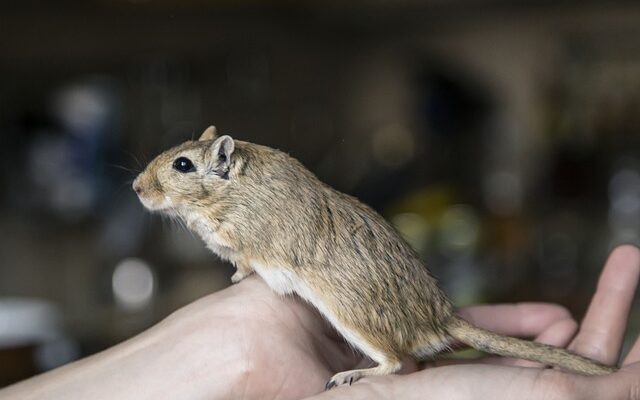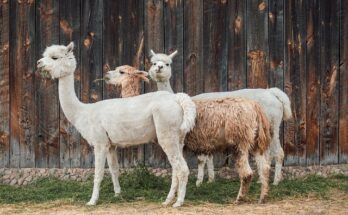Introduction:
Welcome to our in-depth exploration of fat-tailed gerbils, charming rodents known for their distinctive appearance and fascinating behaviors. In this comprehensive guide, we’ll delve into every aspect of these captivating creatures, from their physical characteristics to their habitat, behavior, and care requirements.
Section 1: Understanding Fat-Tailed Gerbils
Fat-tailed gerbils (Pachyuromys duprasi) are small rodents native to the deserts of North Africa. They are characterized by their stocky bodies, short limbs, and, of course, their fat tails. These tails serve as a reservoir for storing energy, allowing them to survive in harsh desert environments where food and water are scarce.
Section 2: Physical Characteristics
Fat-tailed gerbils typically measure around 4 to 5 inches in length, with their tails adding another 3 to 4 inches. Fat-tailed Gerbil has soft, dense fur that ranges in color from sandy beige to grayish-brown, helping them blend in with their desert surroundings. Their large, dark eyes are adapted for nocturnal activity, while their sensitive whiskers aid in navigation and foraging.
One of the most striking features of fat-tailed gerbils is their soft and dense fur, which ranges in color from sandy beige to grayish-brown, perfectly camouflaging them against the desert sands. Their large, dark eyes are adapted for nocturnal activity, allowing them to navigate and forage efficiently under the cover of darkness. Additionally, their sensitive whiskers aid in detecting obstacles and potential food sources in their environment.
Section 3: Natural Habitat Of Fat-Tailed Gerbil:
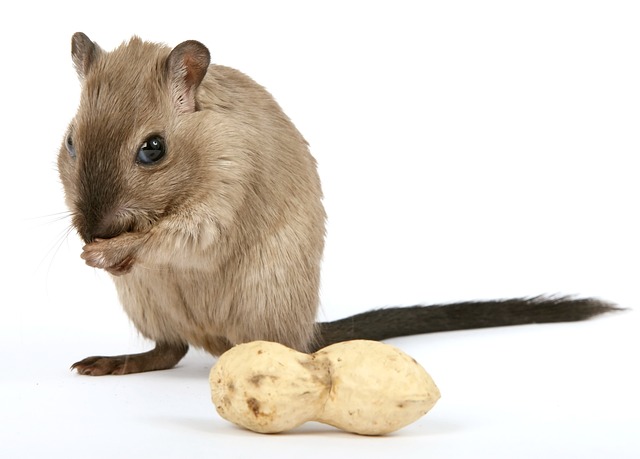
In the wild, fat-tailed gerbils inhabit arid desert regions, including sandy dunes and rocky outcrops. They are well-adapted to the extreme temperatures and limited resources found in these environments. Their burrowing behavior allows them to escape the heat of the day and avoid predators, while their diet consists mainly of seeds, grains, and occasional insects.
Section 4: Behavior and Social Structure
Fat-tailed gerbils are social animals that live in family groups or colonies, consisting of a dominant breeding pair and their offspring. Within these groups, individuals communicate through a variety of vocalizations, scent markings, and body language, helping to maintain social cohesion and coordinate activities such as foraging and grooming. Their burrow systems are elaborate, with multiple entrances and interconnected tunnels, providing them with a safe haven to retreat to when threatened.
Section 5: Diet and Feeding Habits
In captivity, fat-tailed gerbils thrive on a diet of high-quality gerbil pellets supplemented with fresh vegetables, fruits, and occasional treats like mealworms or sunflower seeds. It’s important to provide a balanced diet to ensure their nutritional needs are met and to prevent obesity or other health issues.
Section 6: Care and Husbandry
When keeping fat-tailed gerbils as pets, it’s essential to provide them with a spacious enclosure equipped with plenty of hiding places, tunnels, and enrichment toys. A deep layer of bedding material, such as shredded paper or aspen shavings, will allow them to burrow and exhibit natural behaviors. Regular cleaning and maintenance of their habitat are necessary to ensure their health and well-being. Keeping fat-tailed gerbils as pets can be a rewarding experience, but it’s important to provide them with the proper care and environment they need to thrive. A spacious enclosure with plenty of hiding places, tunnels, and enrichment toys is essential for their physical and mental well-being. Additionally, maintaining a clean living environment, providing fresh water and a balanced diet, and offering regular veterinary check-ups are all crucial aspects of responsible gerbil ownership.
Section 7: Health Considerations
Like all pets, fat-tailed gerbils are susceptible to certain health problems, including respiratory infections, dental issues, and obesity. Regular veterinary check-ups, a clean living environment, and a proper diet are essential for preventing these conditions and promoting longevity.
Section 8: Getting to Know Fat-Tailed Gerbils
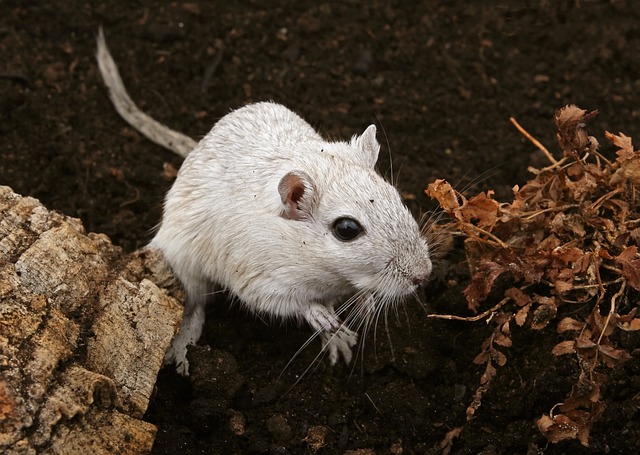
Fat-tailed gerbils, scientifically known as Pachyuromys duprasi, are small mammals native to the deserts of North Africa. They are renowned for their distinctive appearance, characterized by their plump bodies, short limbs, and, of course, their adorable fat tails. These tails serve as a reservoir for storing fat, providing them with a valuable source of energy in their harsh desert habitat.
Exploring Their Physical Characteristics
One of the most striking features of fat-tailed gerbils is their soft and dense fur, which ranges in color from sandy beige to grayish-brown, perfectly camouflaging them against the desert sands. Their large, dark eyes are adapted for nocturnal activity, allowing them to navigate and forage efficiently under the cover of darkness. Additionally, their sensitive whiskers aid in detecting obstacles and potential food sources in their environment.
Section 9:Diet and Feeding Habits
In the wild, fat-tailed gerbils are omnivorous, feeding on a variety of seeds, grains, insects, and plant matter. In captivity, they thrive on a diet consisting primarily of high-quality gerbil pellets, supplemented with fresh vegetables, fruits, and occasional treats such as mealworms or sunflower seeds. It’s essential to provide a balanced diet to ensure their nutritional needs are met and to prevent health issues such as obesity and dental problems.
Section 10: Habitat and Natural Environment:
In the wild, fat-tailed gerbils inhabit arid desert regions, where they make their homes in burrows dug into the sandy soil. These burrows provide protection from the scorching sun and predators, as well as a refuge during extreme weather conditions. Fat-tailed gerbils are highly adapted to their desert environment, possessing efficient water-conserving mechanisms that allow them to survive in areas with limited access to moisture.
Section 11: Health Considerations Of Fat-Tailed Gerbil:
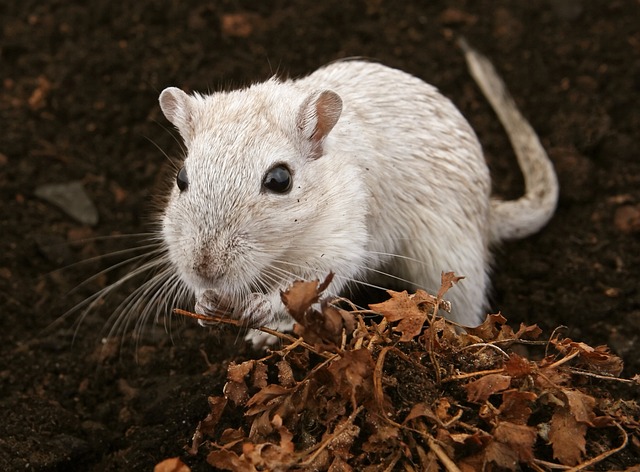
Like all pets, fat-tailed gerbils are susceptible to certain health issues, including respiratory infections, dental problems, and obesity. It’s essential to monitor their health closely and seek veterinary care if any signs of illness or discomfort arise. Providing a clean and enriched environment, along with a proper diet and regular exercise, can help prevent many common health problems and ensure a long and healthy life for your gerbil.
Conclusion:
Fat-tailed gerbils are truly remarkable creatures, with their unique adaptations, behaviors, and charming personalities captivating the hearts of animal enthusiasts everywhere. By understanding their natural history, providing them with proper care and enrichment, and respecting their individual needs, we can ensure that these delightful rodents lead happy and fulfilling lives both in the wild and as cherished companions in our homes.
FAQS:
Duprasi can be very friendly, and like Mongolian Gerbils will have periods of sleep and activity throughout the day, often with dusk and dawn being the most active. I’ve found they are most active from 10pm. Fat-tailed gerbils make an easy pet to handle since they are both slow-moving and quite docile.
The fat-tailed gerbil stores fat in its tail in the same way that the camel stores fat in its hump. Captive specimens of the fat-tailed gerbil have an average life span of between 2 and 4 years.
They are very nice pets that are awake regularly, so they can also be seen during the day. Although the Fat-tailed Gerbil looks very sweet and cuddly, he does not always like to cuddle, and being picked up is very scary, especially in the beginning.
Housing. The best way to keep fat-tailed gerbils is in a tank (aquarium or terrarium). It should measure at least 100 by 50 centimeters (39 by 20 in) for one or two gerbils. Fat-tailed gerbils are fond of digging, so it is important to provide them with a thick layer of bedding.
Rats are extremely smart and empathetic Many people don’t think of rats as being smart, but they are actually very intelligent and easy to train. They are more intelligent than rabbits, gerbils, and guinea pigs. Their intelligence is why rats are so often used in psychological studies to help understand human behavior.
Gerbils and mice are very sweet, but most of the time they don’t have much interest in being with humans. (I know there are exceptions!) Rats LOVE their humans! Rats want to be with them, and will eagerly come out to be handled and to play.
They also share an ability to learn tricks, though hamsters do appear to be somewhat more intelligent than gerbils. The hamster can learn to stand on its hind legs on command and can learn to come when called for.
A bigger cage is necessary for two gerbils, but their interactions make them fun to watch. Gerbils are more energetic than hamsters, too, and aren’t as prone to biting.
Gerbils should not be picked up by the tail because they can shed the outer layer of skin and hair of the tail if in danger, leaving the bone and muscle exposed. – Gerbils should be picked up by gently cupping them with two hands, and fully supporting their body.
If you are going to have a Mongolian or fat-tailed gerbil as a pet, if they are kept healthy, they will live to be around 5-7 years. However, most wild fat-tailed gerbils won’t live this long. Keep in mind that the healthier the gerbil is throughout their life, the longer they could possibly live.

